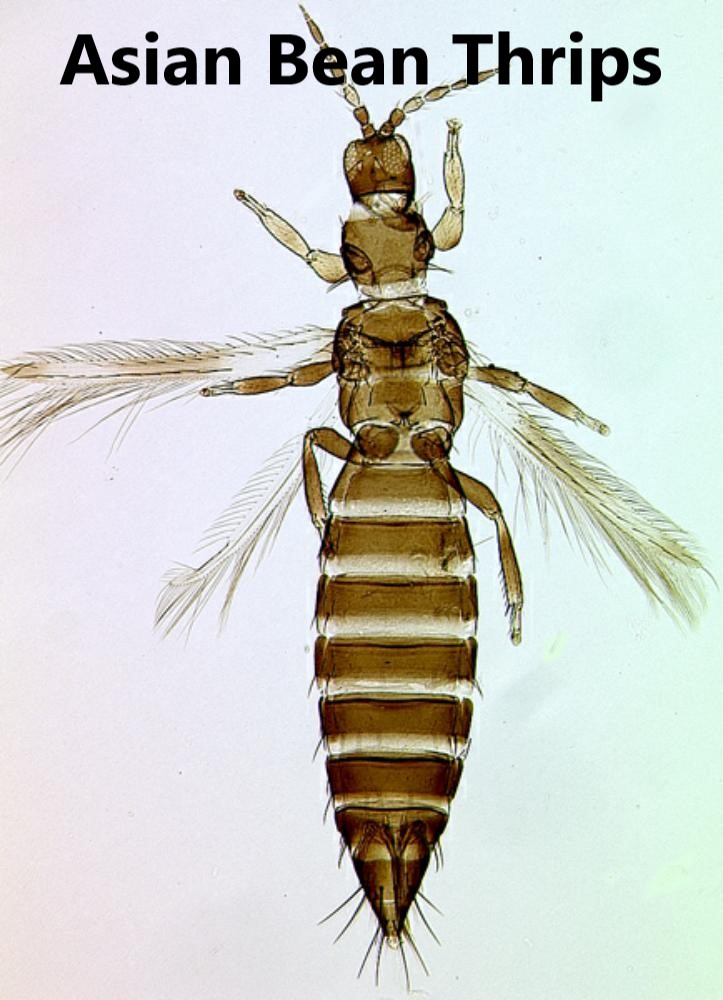The most recent scouting report for Asian bean thrips (ABT) from the University of Florida/IFAS shows that populations continue to vary from farm to farm and plantings to plantings.

Continuous management is necessary since it appears that two modes of action is not sufficient in reducing ABT populations.
Most farms in southeastern Hendry County averaged 0.2 ABT per bud and varied from 0.2 to 0.9 ABT per bloom. But in one instance, reports were as high as 12 ABT per bloom. Additionally, damage was reported on pods.
Bloom drop has also been reported in Homestead, Florida. But to what extent? It’s still being assessed.
ABT population levels ranged from 0.2 to 0.7 ABT per bloom at bloom and early pod development stages in northeastern Hendry County. Populations have stabilized in central Hendry County with levels at 0.1 to 0.5 ABT per bud or bloom.
Scouted beans are nearing harvest in northern Collier County. Populations of 4 ABT per bloom were recorded.
And in eastern Palm Beach County, reports show populations of 0.7 ABT per bloom or 0.5 ABT per plant. Growers must be aggressive with their insecticide programs to keep ABT at moderate levels. This plan of action includes 1 to 2 sprays before bloom to keep populations from building early in the season and more aggressive sprays at bloom and later.
According to the scouting report, there is no research to indicate thresholds to begin management. Thresholds that some scouts have reported using range from 1.0 to 3.0 ABT per bloom. Damage from high populations can occur at budding. Populations must, therefore, be monitored earlier in the growth cycle.









